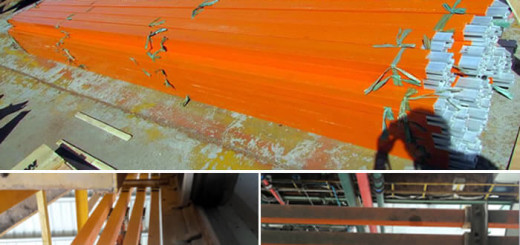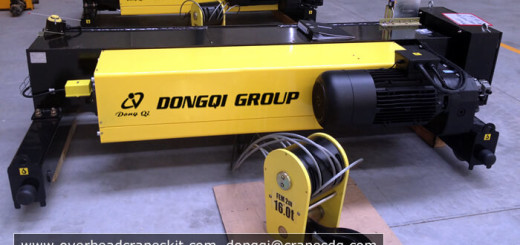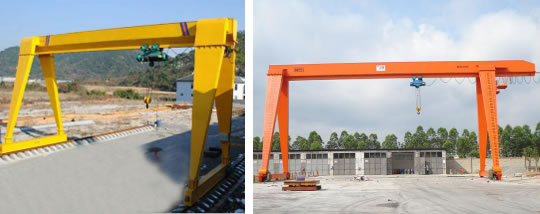Overhead Crane Wiki: OSHA Crane Regulations
There are as many as 82 annual fatalities in the operation of cranes according to United States Department of Labor estimates. The Occupational Safety and Health Administration (OSHA) has set forth safety regulations for cranes in Title 29, Section 1910.179 of the Code of Federal Regulations.
Maximum Allowable Load
-
The rated maximum load of the crane must be plainly marked on the side of the crane, and if it has more than one hoisting unit, each unit must indicate its maximum allowable load.
Footwalks and Stairways
-
Footwalks have to be able to hold a distributed load of 50 pounds per square foot and be installed on the drive side cab-operated cranes with sufficient headroom. All footwalks and stairways must be slip resistant and have handrails.
Brakes
-
Separate braking mechanisms are required for the hoist, the long arm of the crane known as the bridge, and the drum at the base of the crane holding the hoist known as the trolley.
Power Supply
-
The maximum allowable voltage in any part of the crane cannot exceed 600 volts. Electrical equipment must be protected from foreign materials and not exposed under normal conditions.
Inspections
-
Any vital or potentially damaged components should be inspected daily. The entire crane should be inspected at least once per year and preferably once per month.




